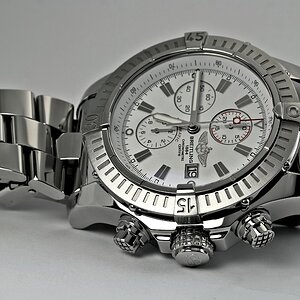alright so i bought an xg-m. last week. so i went out with it today. keep in mind i have almost no idea how to adjust the setting correctly and i don thave a manual. so im going to have to learn eventually. anway here are some of the pics.
1)

2)

3)

4)

5)

6)

7)

8)

9)

10)

11)

12)

13)

14)

15)

16)

so i need tips on taking pictures as well as editing them. also could this low quality be attributed to bad film. it was free with the camera and some off brand. also could someone edit 1 or 2 of the pics so i can get an idea of what they should look like?
1)

2)

3)

4)

5)

6)

7)

8)

9)

10)

11)

12)

13)

14)

15)

16)

so i need tips on taking pictures as well as editing them. also could this low quality be attributed to bad film. it was free with the camera and some off brand. also could someone edit 1 or 2 of the pics so i can get an idea of what they should look like?


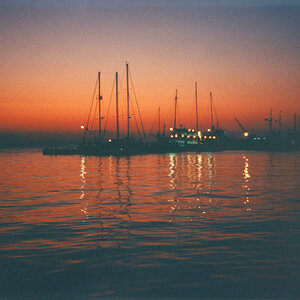
![[No title]](/data/xfmg/thumbnail/31/31758-546fe80b548bda08983001811ab5be60.jpg?1619734994)

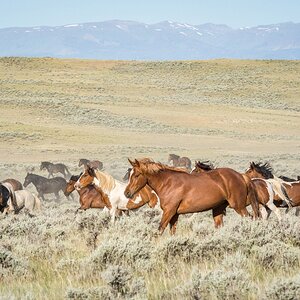

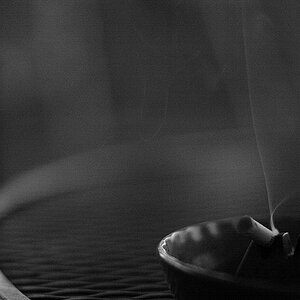
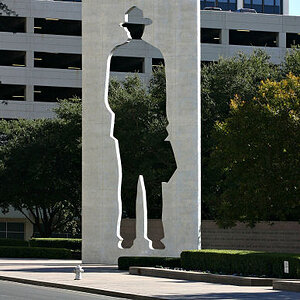
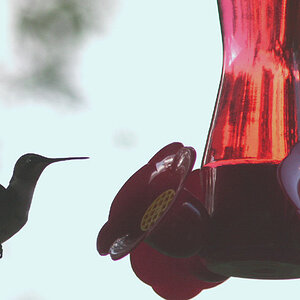
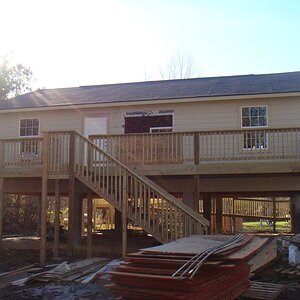
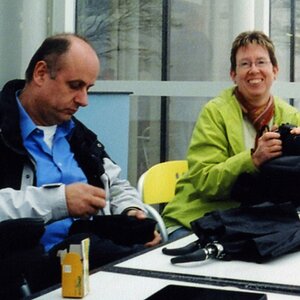
![[No title]](/data/xfmg/thumbnail/30/30994-49c5521f7b5b417f49dcd43891cbec27.jpg?1619734557)
